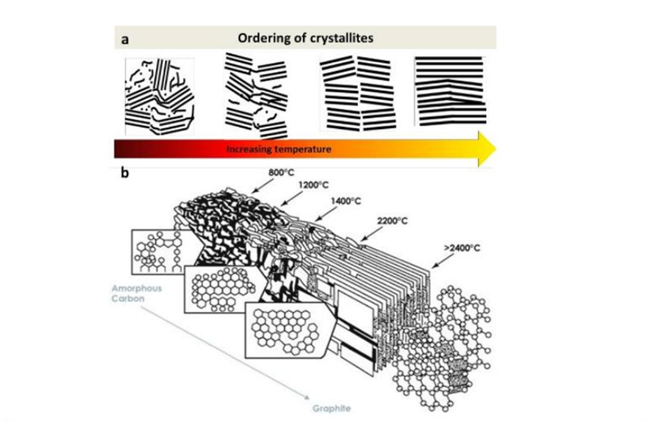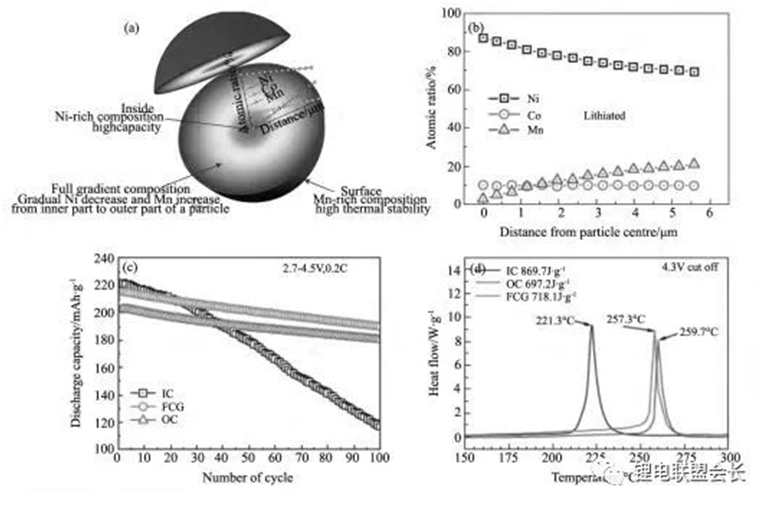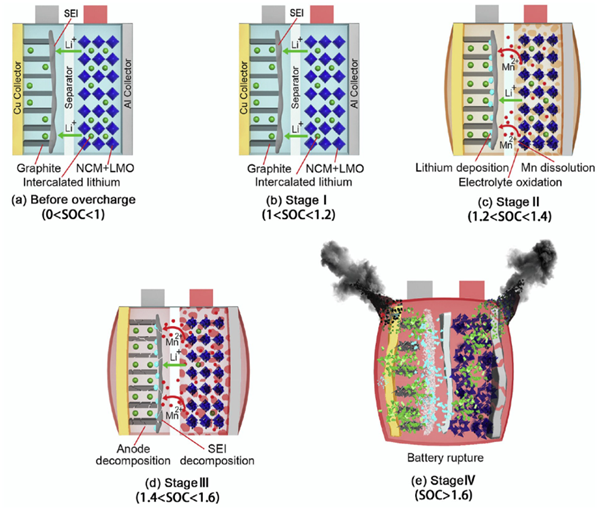
Application of X-ray diffraction technology in lithium-ion battery field
2023-09-30 10:00X-ray diffraction (XRD) technology is widely used in the research, production and failure analysis of lithium-ion batteries.
1. Graphitization degree analysis and gram capacity estimation of negative electrode materials
Carbon is the most ideal anode material for lithium-ion batteries. The type of carbon material determines the lithium potential and the reversible performance of the operating voltage of the lithium-ion battery. The degree of graphitization (Figure 1) refers to the proportion of graphite crystals in composite materials containing graphite crystals and various transition states of carbon.

2.Ternary cathode material characterization
The stability of ternary materials at different temperatures and their structural changes during electrochemical cycling are studied (FIG. 2). X-ray diffractometer is a device specially used to analyze the crystal structure of materials, which can obtain the cell parameters and ion mixing information of ternary materials through fine correction.
![]()

3. Core failure analysis
During the use of lithium-ion batteries, the battery life is often reduced or even failed due to overcharge, overdischarge, short circuit, high temperature and other reasons (Figure 3). Therefore, XRD technology is used to conduct thermal failure analysis of lithium-ion batteries, such as XRD analysis from the combustion residue, to initially determine the cause of failure.

